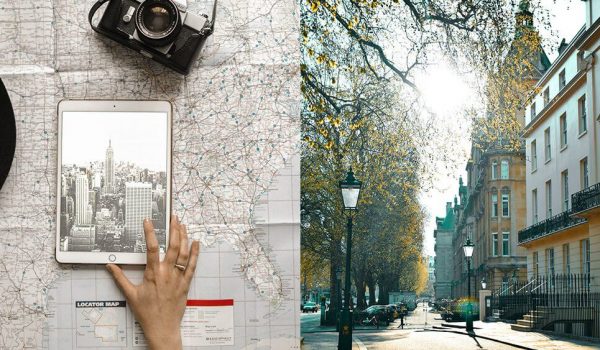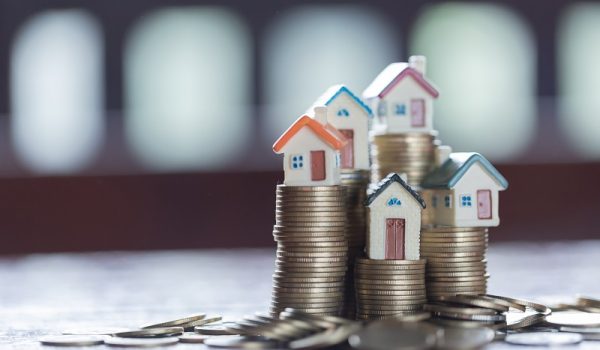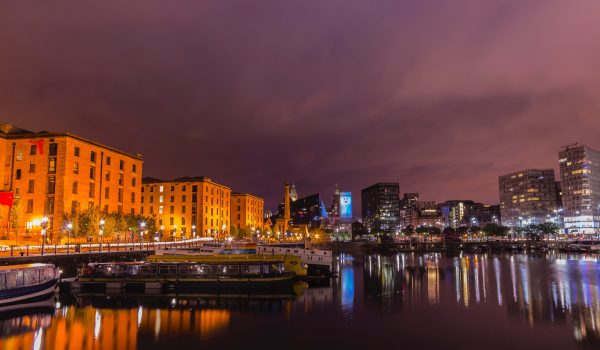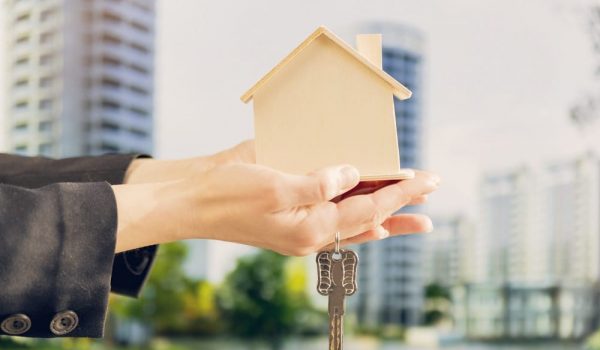
Value added tax (VAT) is commonly applied to goods and services. For example, a company will charge the customer VAT but then claim it back from the government via purchases. It means that the government gets the money quickly and that the admin is done by the business owner themselves.
There are different types of VAT that can be applied to sales in the UK, such as Standard Rate, Zero Rate and (5%) Reduced Rate. Most VAT is collected by applying the Standard Rate, which is currently 20%. The Zero Rate is when businesses don’t add VAT to sales, but can still recover it on purchases. A book shop or an export business would be in this category. The Reduced Rate affects property conversions, as well as fuel and utilities. You apply 5% to sales and recover VAT on purchases.
Another form of tax is Exempt Supplies. This doesn’t mean that there is no VAT applied, rather that there is none on sales and you can’t recover it all on all your costs.
VAT and residential property
Selling or renting out a property as a buy to let doesn’t allow you to charge VAT on the ‘sale’. However, you can recover VAT on items or services relevant to the property. This would come under exempt supplies.
A new build home for which the freehold is sold would be zero rated. That’s because it’s possible to claim VAT back on the costs of constructing it (provided you didn’t use a third-party builder). You can also claim VAT on architect’s fees.
VAT and commercial property
Converting a commercial property, such as a barn or office into residential property is less straightforward than residential, when it comes to applying VAT. That’s because it depends on how that property was taxed in the past. There’s also the matter of construction, which should be at a reduced rate of VAT.
Supplying a commercial property is VAT exempt by default, such as when it comes under the Option to Tax rule. This involves charging VAT on all supplies of that commercial properties for at least a couple of decades, allowing landlords to then recover it (provided the building isn’t let to a charity or used for residential purposes). HMRC must be notified of a landlord’s intention to charge VAT though, since the option isn’t automatically transferable on the purchase of a building.
Transfer of a going concern
This is another area and involves a new landlord taking over from an existing business which had opted to tax, and where the business has current tenants or an existing lease. In this instance, where the tenants would be staying, there would be no need to charge VAT on the purchase.
Selling ‘new’ Commercial Property
Commercial property is regarded as new in tax terms when it is less than three years old. In this instance, the buyer would likely opt to tax at the standard VAT rate in order to recover the VAT he or she has already paid on purchase. They would then charge VAT on rent if and when they finally came to sell it themselves (if not ‘a going concern’).



